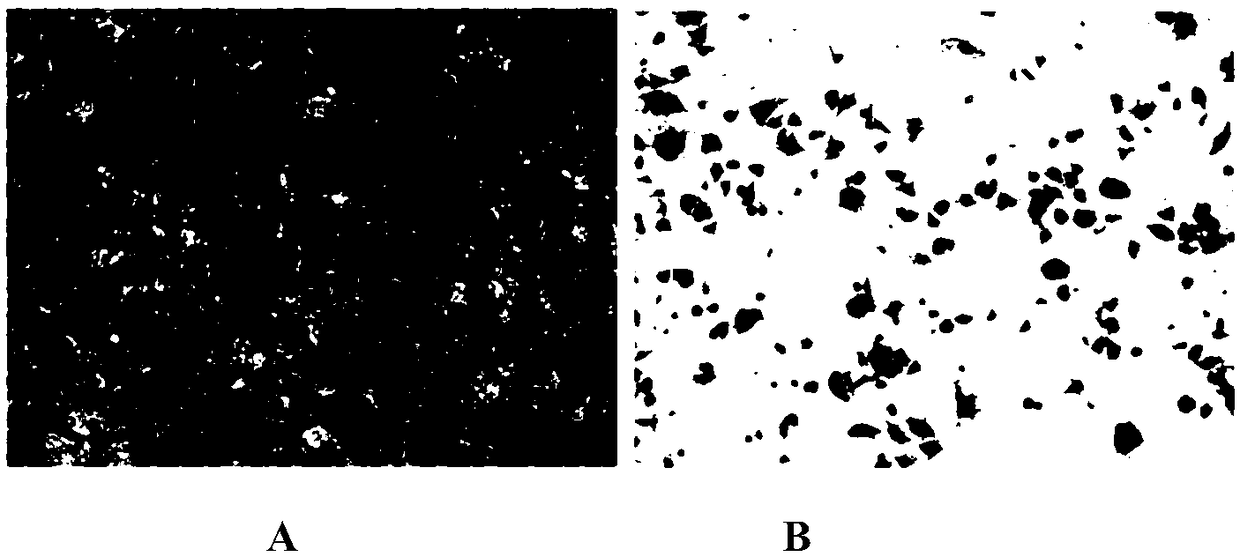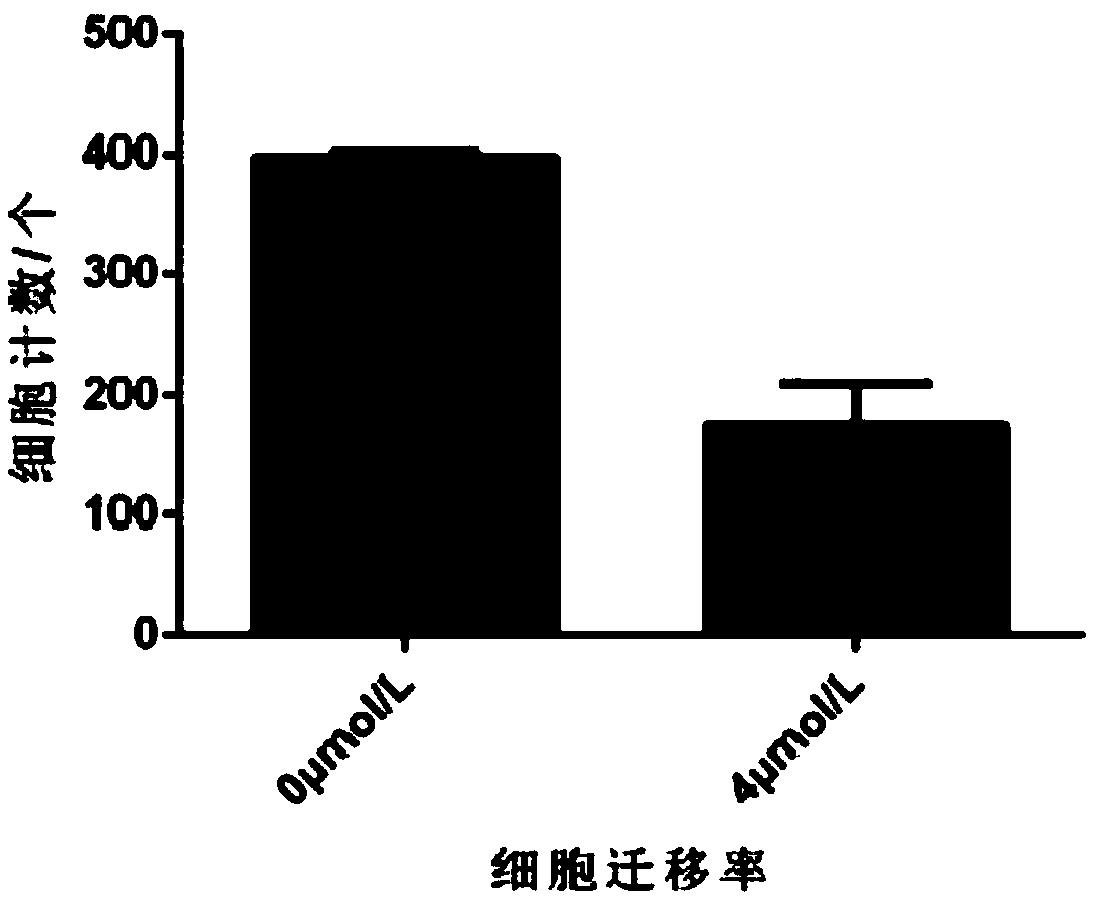Application of TTR (transthyretin) to angiogenesis inhibition
A technology of thyroxine and angiogenesis, applied in the fields of molecular biology, medicine, and biochemistry, can solve the problems of insensitivity and drug resistance of targeted drugs, and achieve the effect of inhibiting the generation of new blood vessels
- Summary
- Abstract
- Description
- Claims
- Application Information
AI Technical Summary
Problems solved by technology
Method used
Image
Examples
Embodiment 1
[0028] Such as figure 1 As shown, the TTR structure is centrosymmetric and axially symmetric; the monomer includes 147 amino acids, and the GeneID encoding TTR is 7276. TTR corresponds to the amino acid sequence of Genbank accession number CAG33189.1.
[0029] Under high glucose DMEM culture conditions, the cell viability of human microvascular endothelial cells (3000 / well) was detected by MTT assay with different concentrations of TTR. The results showed that after 48h, the cell proliferation of each group was compared, the A value of the 0μmol / L group was (0.40±0.03), and the A value of the 4μmol / L group was (0.17±0.02). The 4μmol / L group had a higher inhibitory effect on proliferation than the 0μmol / L group, and the difference was statistically significant (t=15.47, P=0.0001)( figure 1 ). Cell proliferation in the 4μmol / L group was reduced by 57.4% compared with the 0μmol / L group. It can be seen that TTR has an inhibitory effect on the proliferation of human microvascul...
Embodiment 2
[0030] Example 2 Migration experiment of umbilical vein endothelial cells
[0031] Add 600 μl of high-glucose DMEM medium containing 0 μM and 4 μM TTR to each well of a 24-well plate, and at the same time place a transwell chamber with a pore size of 8.0 μm, and add 200 μl of 1×10 4 Culture of human umbilical vein endothelial cells in FBS-free medium. After 48 hours, discard the medium in the upper and lower chambers, wipe the cells in the upper chamber with a cotton swab, add 600 μl of 0.4 g / L paraformaldehyde to the 24-well plate, fix at room temperature for 30 minutes, discard the paraformaldehyde, wash the back of the chamber twice with PBS, and use a 24-well plate Add 600 μl of crystal violet, stain at room temperature for 20 minutes, wash the back of the chamber twice with PBS after aspirating, observe and take pictures under a microscope, and randomly select 5 fields of view for cell counting.
[0032] The results of the 48h cell migration experiment showed that the nu...
Embodiment 3
[0033] Example 3 Cerebrovascular endothelial cell migration experiment
[0034] Add 600 μl of high-glucose DMEM medium containing 0 μM and 4 μM TTR to each well of a 24-well plate, and at the same time place a transwell chamber with a pore size of 8.0 μm, and add 200 μl of 1×10 4Culture of cerebrovascular endothelial cells in FBS-free medium. After 48 hours, discard the medium in the upper and lower chambers, wipe the cells in the upper chamber with a cotton swab, add 600 μl of 0.4 g / L paraformaldehyde to the 24-well plate, fix at room temperature for 30 minutes, discard the paraformaldehyde, wash the back of the chamber twice with PBS, and use a 24-well plate Add 600 μl of crystal violet, stain at room temperature for 20 minutes, wash the back of the chamber twice with PBS after aspirating, observe and take pictures under a microscope, and randomly select 5 fields of view for cell counting.
[0035] The result is as image 3 As shown, the results of the 48h cell migration e...
PUM
 Login to View More
Login to View More Abstract
Description
Claims
Application Information
 Login to View More
Login to View More - R&D
- Intellectual Property
- Life Sciences
- Materials
- Tech Scout
- Unparalleled Data Quality
- Higher Quality Content
- 60% Fewer Hallucinations
Browse by: Latest US Patents, China's latest patents, Technical Efficacy Thesaurus, Application Domain, Technology Topic, Popular Technical Reports.
© 2025 PatSnap. All rights reserved.Legal|Privacy policy|Modern Slavery Act Transparency Statement|Sitemap|About US| Contact US: help@patsnap.com



